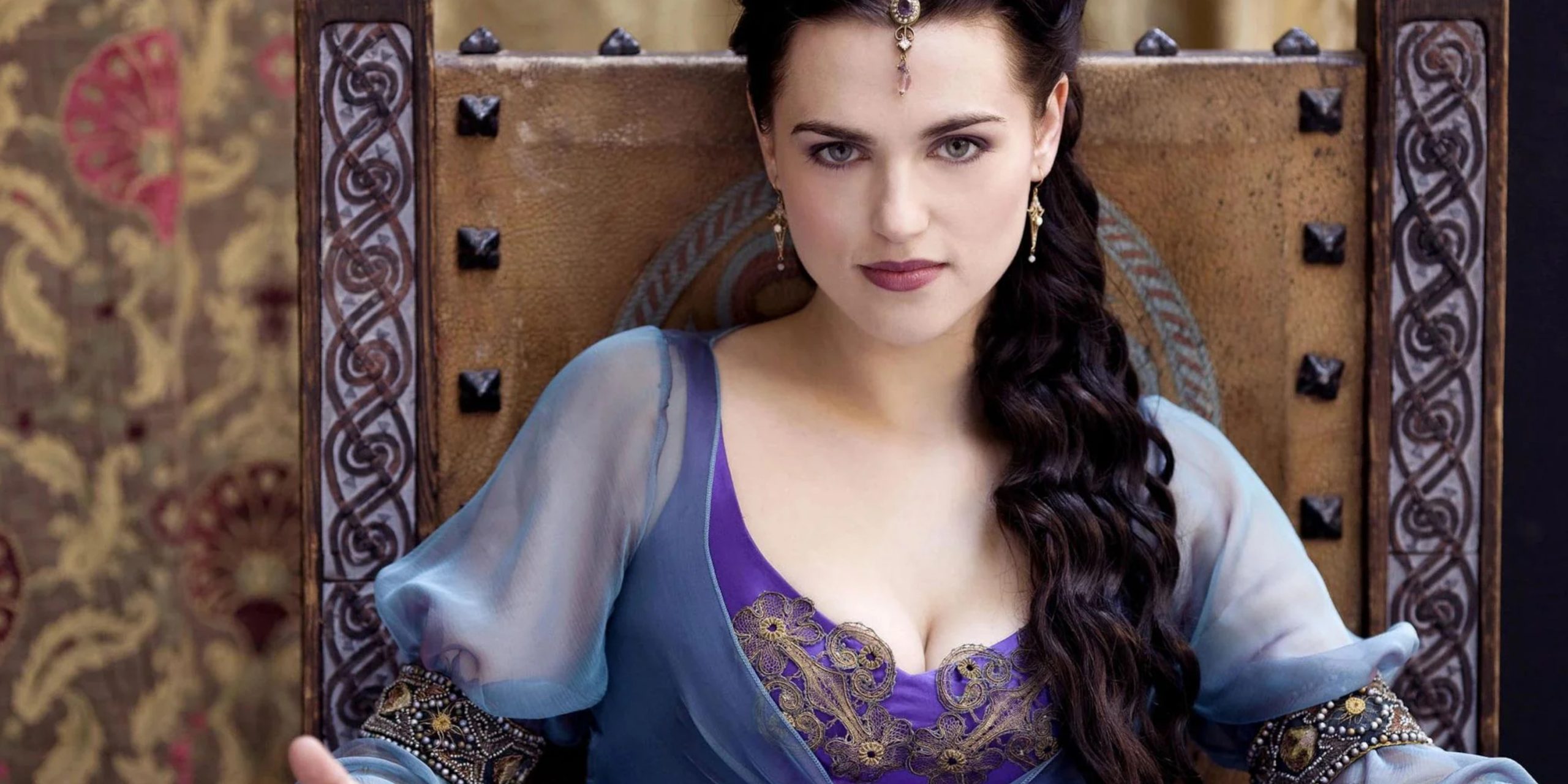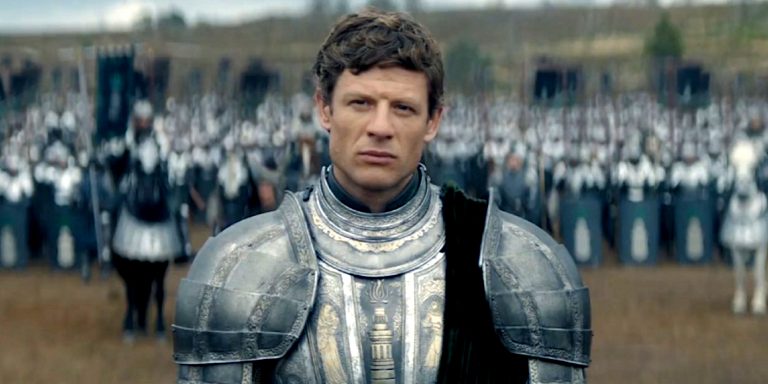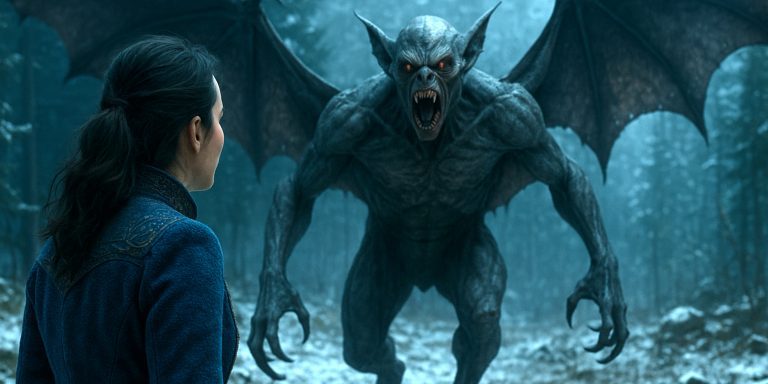
Morgana Pendragon’s transformation from a conflicted noblewoman to one of the most dangerous villains in Merlin remains one of the series’ most pivotal arcs. But was her descent handled with the depth it deserved?
The Early Signs of Dissent
In the first two seasons, Morgana is portrayed as principled, courageous, and increasingly disillusioned with Uther’s hardline stance on magic. Her empathy for those persecuted for magical abilities sets her apart from the rest of the royal household. The cracks begin to show as she struggles with prophetic dreams and a growing sense of isolation.
Crucially, the show plants seeds of her internal conflict early on. Morgana’s fear of her powers, and the guilt she carries for hiding them, add a layer of vulnerability. This ambiguity allows for a slow burn of tension—at least initially.
A Sudden Descent?
By the third season, Morgana returns from her time with Morgause a drastically changed figure. Where once there was hesitation and self-doubt, now there is bitterness, cunning, and a willingness to manipulate or kill. The tonal shift is stark, and while it adds urgency to the narrative, it also raises questions.
The transition feels rushed. Much of her emotional evolution takes place off-screen. Her time with Morgause is never fully explored, nor is her psychological unraveling. This choice leaves a gap where character development might have been. Audiences are asked to accept that her worldview has hardened, without seeing the internal journey that would justify such a transformation.
Complexity in Villainy
Despite the narrative shortcuts, Katie McGrath brings a cold intensity to the role. Her performance anchors Morgana’s villainy in personal betrayal and moral fury, rather than mere power-lust. Her hatred for Uther is understandable, as is her sense of betrayal when Merlin, whom she once considered a friend, keeps her in the dark.
However, the show frequently falls back on broad strokes. Morgana’s motives are reduced to revenge, her compassion all but erased. Opportunities to explore her contradictions—her love for Gwen, her past as Arthur’s protector, or her own fear—are gradually stripped away in favour of villainous plotting.
Repetition and Narrative Stagnation
Another criticism lies in how Morgana is used in the later seasons. Her schemes become formulaic: infiltrate Camelot, lay a trap, retreat. This undermines her perceived intelligence and strategic capability. The lack of evolution in her plans makes her feel less formidable over time, even as she remains a central threat.
Additionally, by sidelining her complexity, the show limits its ability to engage with more mature themes—identity, justice, and the moral costs of rebellion. Instead, Morgana becomes a recurring obstacle rather than a fully realised antagonist.
Legacy of the Character
Morgana’s fall is tragic not just within the story, but in terms of unrealised potential. Her arc had the makings of a powerful moral conflict: a woman fighting against injustice, warped by pain and abandoned by those who could have helped her.
Yet, despite the narrative missteps, she remains one of Merlin’s most iconic figures. Her presence forces other characters to confront their values and decisions. She shapes the tone of the final seasons, and her fall casts a long shadow over Camelot’s fate.
The Seven Swords takeaway
Morgana’s descent into darkness had the foundation for a nuanced, emotionally resonant storyline. The show gestured toward complexity, but rarely lingered in it. What could have been a tale of moral ambiguity became one of clear-cut opposition. Even so, her legacy within the series endures, both as a cautionary tale and as a character whose choices demanded more attention than they received.
Watch Morgana scenes:



